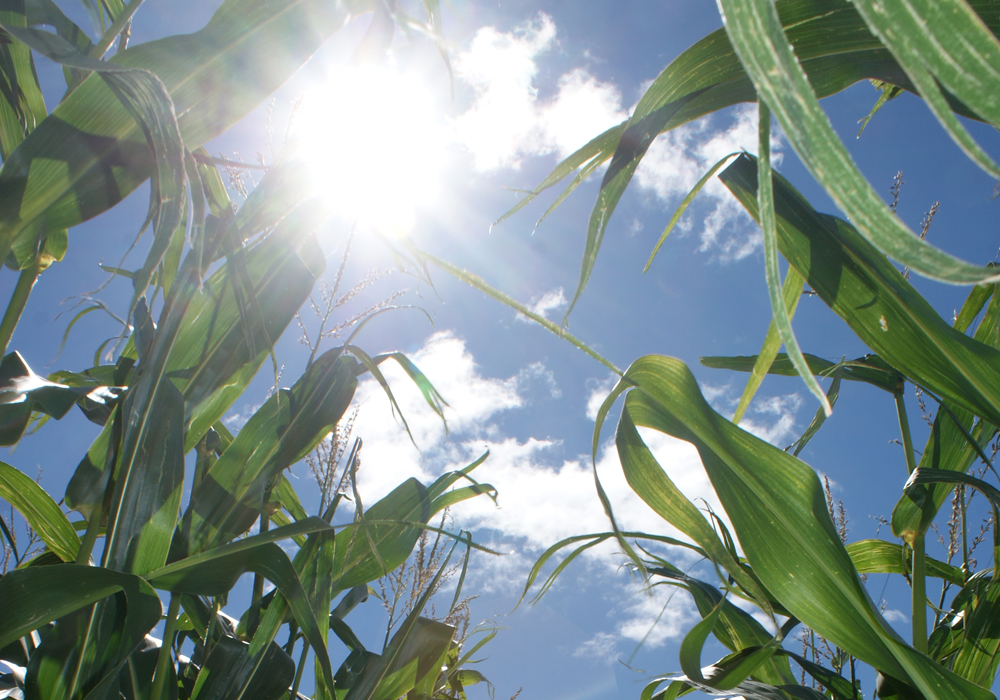Scientists are noticing the region is less cold and that there are about five more frost-free days in the growing season
BANFF, Alta. — When Agriculture Canada scientist Yantai Gan came to Swift Current 20 years ago, he seeded his research plots in mid May.
Now the seeding date has moved earlier to the last week of April and first week of May. Weather data from the last 50 years for that part of southwestern Saskatchewan has shown a shift from 111 frost-free days to 120 days.
“The average temperature did not change a lot but the minimum temperature has gone up and the frost-free days have been prolonged,” he said.
Read Also

Farming Smarter receives financial boost from Alberta government for potato research
Farming Smarter near Lethbridge got a boost to its research equipment, thanks to the Alberta government’s increase in funding for research associations.
It could have some benefits so crops new to the area may actually do well.
“This will give some of the longer season crops an opportunity to grow longer and mature and longer time to fill the seeds,” he said.
Other scientists have noticed the same change.
The Prairies are less cold and there are about five more frost-free days in the growing season, said agrometeorologist Brian Amiro of the University of Manitoba.
By 2050, the Prairies could experience annual temperature increases of 1-4 C. Precipitation is unknown and extreme events are even harder to predict.
Efforts to slow that change may not be successful, he said at the recent Alberta Institute of Agrologists meeting in Banff.
“We are starting to see temperatures get warmer no matter what type of mitigation strategy we follow globally,” Amiro said.
The United Nations body for assessing science related to climate change, the Intergovernmental Panel on Climate Change, published a report six years ago about finding ways to keeping temperatures from going above 1.5 C. The report cited numerous impediments to change like cost and lack of political will.
About 80 percent of Canada’s emissions come from transportation and energy generation. Agriculture contributes about eight to 12 percent of total greenhouse gas emissions from nitrous oxide from fertilizer and manure, methane from cattle and carbon dioxide.
The agriculture sector is looking at ways to reduce nitrogen application with diverse rotations and precision applications but there is a cost in reduced protein content and yields.
Methane released from large ruminants is criticized but in the last 30 years, the beef industry decreased greenhouse gas intensity by 14 percent.
A recent study looked at producers who are the lowest emitters of kilogram per beef produced. It found if the bottom three-quarters of producers could improve their practices, their emission levels could decrease by about 30 percent.
Large ruminants have historically been part of the prairie ecosystem, said Amiro.
“If you look at the global cattle footprint, it is totally inconsistent with our understanding of large ruminants on the Prairies, where we actually need to have those forages as part of our soil carbon buildup. Trading that plant protein for that cattle protein on the Prairies really has big implications and is different than the Amazon or Europe,” he said.
It is assumed soil carbon in North America before European settlement was stable but after plowing, levels decreased. Management strategies could be introduced to rebuild it but there are limits to how much be achieved.
“People have to realize we are starting from a bad spot where we lost a lot of carbon,” he said.


















